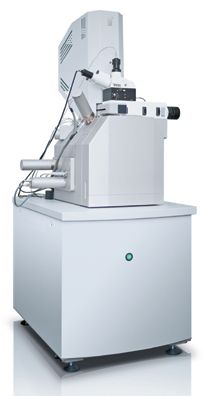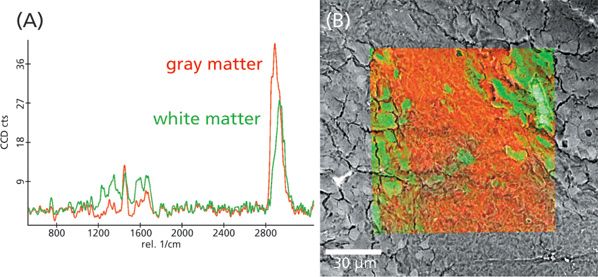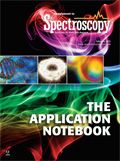Correlative Raman-SEM Microscopy (RISE Microscopy) in Life Sciences
Application Notebook
RISE microscopy is a novel correlative microscopy technique that combines SEM and confocal Raman imaging. Through RISE microscopy ultra-structural surface properties can be linked to molecular compound information.
RISE microscopy is a novel correlative microscopy technique that combines SEM and confocal Raman imaging. Through RISE microscopy ultra-structural surface properties can be linked to molecular compound information.
Scanning Electron Microscopy (SEM)
With SEM sample's surface structure is determined. In order to generate an image, a focused beam of high-energy electrons scans the sample. Through electron-sample interactions backscattered and secondary electrons emerge and are detected. These electron signals are commonly used for imaging samples regarding their morphology and topography (secondary electrons) and their contrasts in composition (backscattered electrons). The lateral resolution can be down to about 1 nm.
Correlative Raman-SEM Imaging (RISE Microscopy)
The RISE microscope combines an SEM and a confocal Raman microscope within one system (Figure 1). The confocal Raman microscope is integrated into the vacuum chamber of the electron microscope. Nondestructive Raman and SEM measurements are consecutively performed at two different positions inside this chamber using an automatic transfer stage. Calibration of the sample position ensures scanning of the same sample area in both SEM and Raman modes. In Raman imaging mode a 100×/NA=0.75 Zeiss objective is employed. With this objective the sample can be scanned throughout maximum range of 250×250×250 μm3. Instrument control is carried out through the RISE software interface. Image post-processing as well as the correlation and overlay of SEM and Raman images are performed with the same software.

Figure 1: RISE microscope for correlative Raman-SEM imaging.
RISE Microscopy of a Hamster Brain Tissue
The RISE microscope was used to investigate a micro-section of hamster brain tissue. Due to the applied non-destructive RISE techniques it was not necessary to stain or fix the sample prior to the measurement procedure. The sample was first imaged with the SEM microscope function in order to analyze the surface structure. After the initial measurement the sample was automatically transferred and re-positioned for confocal Raman imaging within the vacuum chamber of the electron microscope. The same sample area was then recorded in Raman imaging mode. At each image pixel a complete Raman spectrum characterizing of the molecular composition was generated. The white (in green) and gray (in red) brain matter were distinguished by their spectral characteristics (Figure 2a). The SEM and color-coded Raman images were overlaid to compare the ultra-structure with the chemical properties (Figure 2b).

Figure 2: (A) Raman spectra revealing the different spectral characteristics of the white (in green) and gray (in red) brain matter. (B) Raman-SEM image overlay of a hamster brain tissue sample. The color code of the Raman image corresponds to the Raman spectra shown in (A). Raman image: 100 × 100 μm2, 300 × 300 pixels = 90,000 spectra, 50 ms integration time per spectrum.
Conclusion
Through RISE microscopy it is possible to link ultra-structural surface with molecular compound information. This combination enables new possibilities in comprehensive sample characterization. RISE microscopy pairs ease-of-use with exceptional analytic benefit and is therefore suited to a large variety of applications such as surface and materials science, nanotechnology, polymer science, geosciences, life science, and in pharmaceutical industry.
WITec GmbH
Lise-Meitner-Str. 6, 89081 Ulm, Germany
tel. +49 (0) 731 140 70-0, email: info@witec.de
Website: www.witec.de

Best of the Week: AI and IoT for Pollution Monitoring, High Speed Laser MS
April 25th 2025Top articles published this week include a preview of our upcoming content series for National Space Day, a news story about air quality monitoring, and an announcement from Metrohm about their new Midwest office.
LIBS Illuminates the Hidden Health Risks of Indoor Welding and Soldering
April 23rd 2025A new dual-spectroscopy approach reveals real-time pollution threats in indoor workspaces. Chinese researchers have pioneered the use of laser-induced breakdown spectroscopy (LIBS) and aerosol mass spectrometry to uncover and monitor harmful heavy metal and dust emissions from soldering and welding in real-time. These complementary tools offer a fast, accurate means to evaluate air quality threats in industrial and indoor environments—where people spend most of their time.